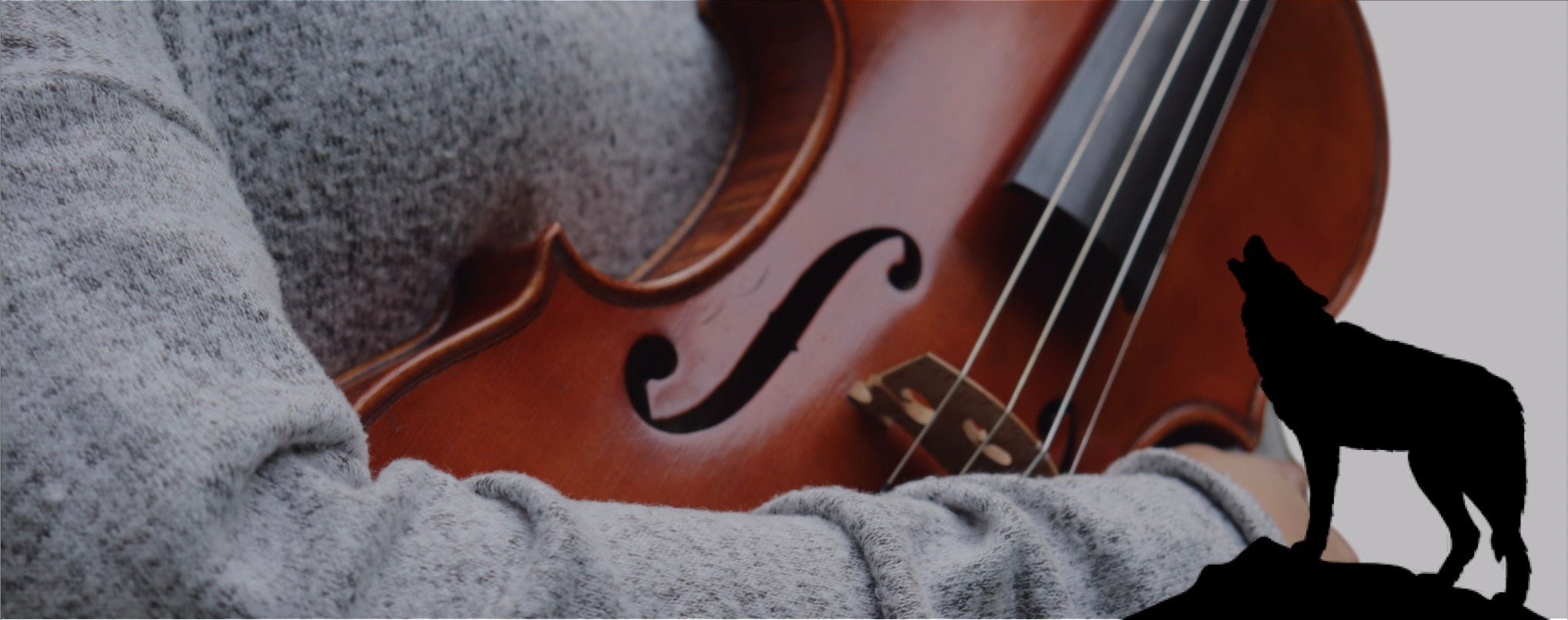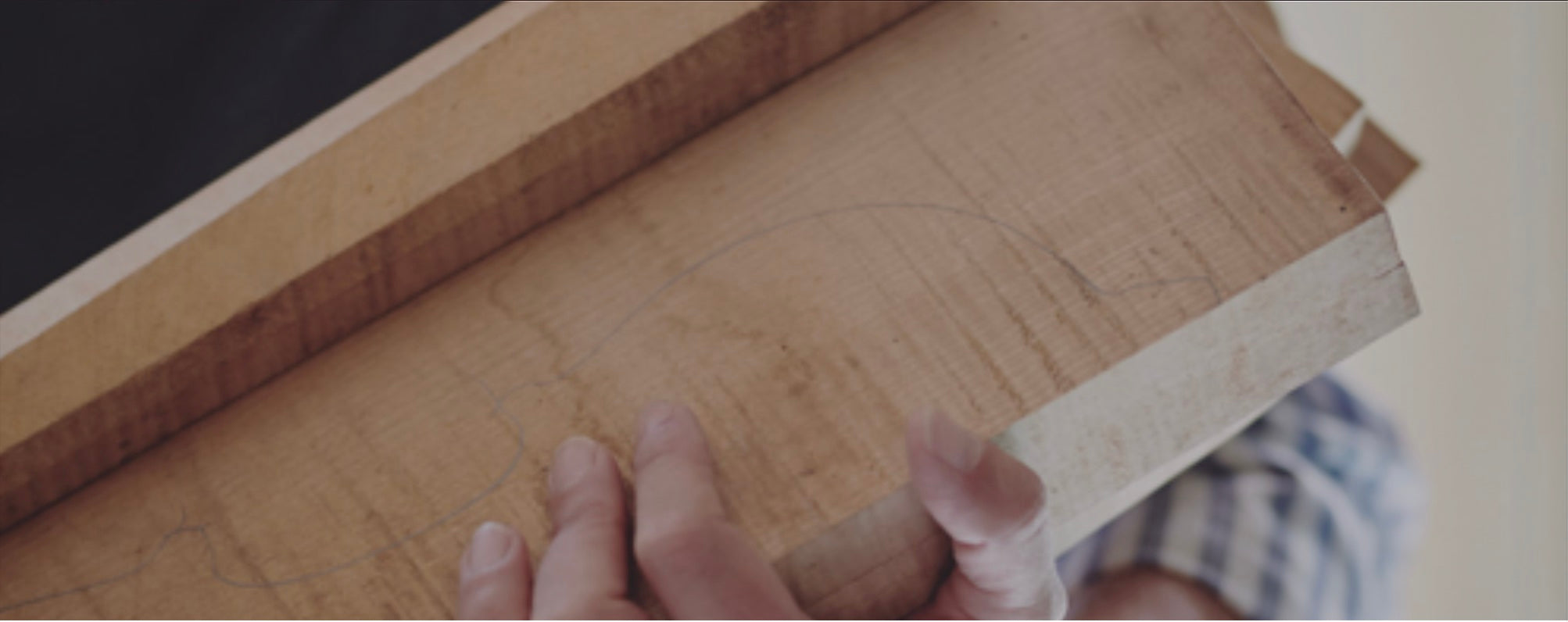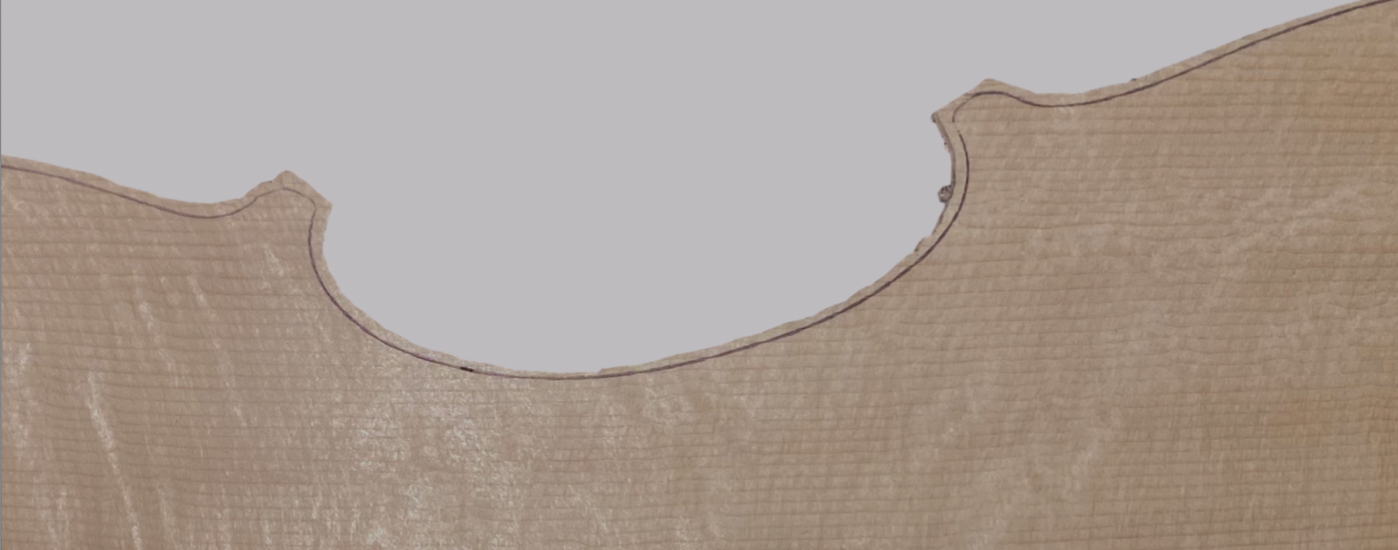
Wolf Tones
Hello hello!
Today we will talk about wolf tones, a problem that concerns a lot of musicians: viola, viola, cello and double bass players all have at least once in their life had to face this problem.
I get a lot of messages regarding this matter, asking if it is a good sign, a bad one and what can be done to make it disappear. In this blog post you will ?nd your answers and ?nd solutions.
A small detail before we start: the wolf tone is always on the top piece, because the top is the core of our sound energy. You will never ?nd a wolf tone on the back side of the instrument!
So let’s start with an easy one: is it a good sign or a bad one? Everything in the world vibrates. Of course a violin, a viola, cello or doublebass vibrates, and the kind of model is just the shape that is vibrating.
Once you have your vibrating top, imagine putting the bass bar and the sound post, which will have an impact on the vibration and the sound transmission.
I can already see the situation happening: you get your brand new instrument, eager to play it, and by playing every string you end up noticing a wolf tone. It’s like driving a beautiful car with a slightly opened window: you can’t think of anything else.
From a sound/vibration point of view, a wolf tone is actually the best you can have: is a sign that your instrument is vibrating even more than other instruments without this problem!
A wolf tone, at the end of the day, is just an interference between the tone you are playing and the area on the top that is vibrating exactly for that tone. It is like on of those videos where you see a bridge moving and vibrating so much that will break down soon. Now, it is not so sudden and so “violent” for the wolf tone, but it’s exactly the same concept!
The good news is that you can eliminate every wolf tone! Here are some things you can do to better your situation:
The quickest thing to do is moving the bridge. By moving it you can see if the wolf tone gets better or worse.
Also, the length of the 4ngerboard is something you can change to improve the situation: very often the ?ngerboard are too long than they should be (58cm for cello for example).
The next step of “wolf tone hunting” is that you can block the two strings in the section that goes from the tailpiece to the bridge with a clip (here a product that can help).
All this suggestions can work, and will work just ?ne if the wolf tone is not big, but they are not actually solving the problem right where it begins!
The best solution is to change something of the thicknesses of the top. Probably the most eVcient way to do so is using a kind of wolf tone killers from Resonator. It is by far the best wolf tone killer I’ve ever used! It’s a wooden piece, with two springs, a weight and a small hole (check it out here).
They make diXerent tones, and once you understand what tone produces the wolf, while you play you can check where the problematic area is. By touching the top you will feel that area vibrating too much.
You can put the Resonator in the right position and it will work like magic: the wolf tone will be gone.
My advice would be to go to a violinmaker, which is the best scenario actually because he can also glue it inside, so that you don’t see anything but it is working from the inside out!
I hope this was useful, let me know if this works for you!Check out the video where I talk in more detail about this matter:
Directly from Cremona, Edgar





Leave a comment
This site is protected by reCAPTCHA and the Google Privacy Policy and Terms of Service apply.